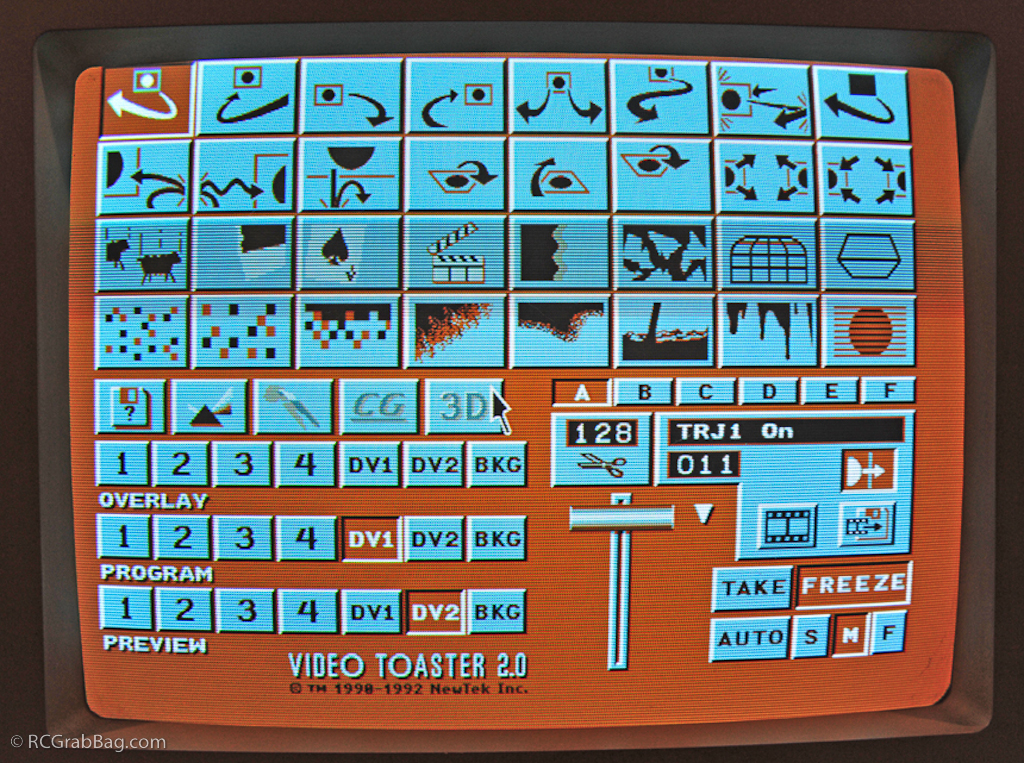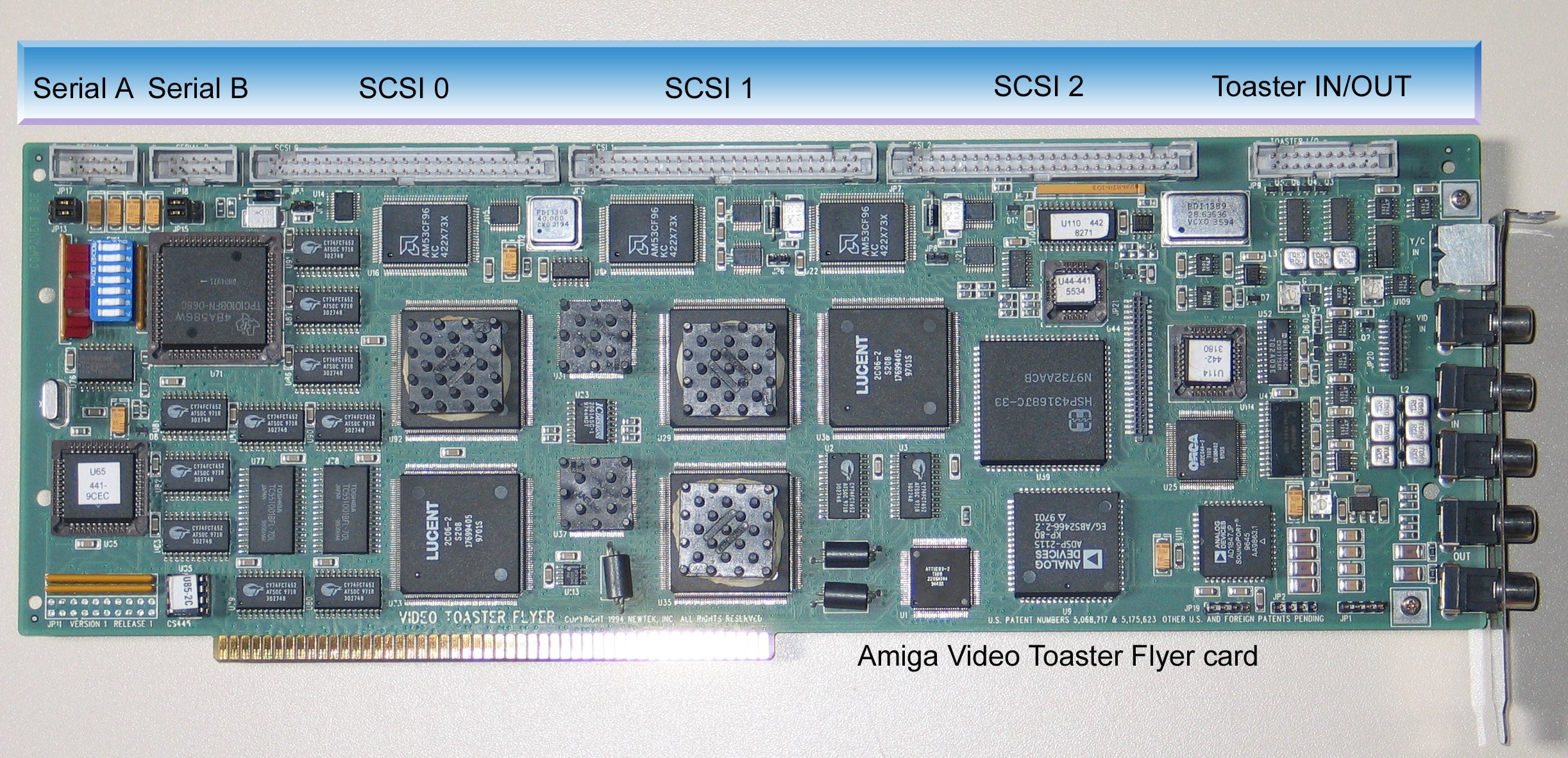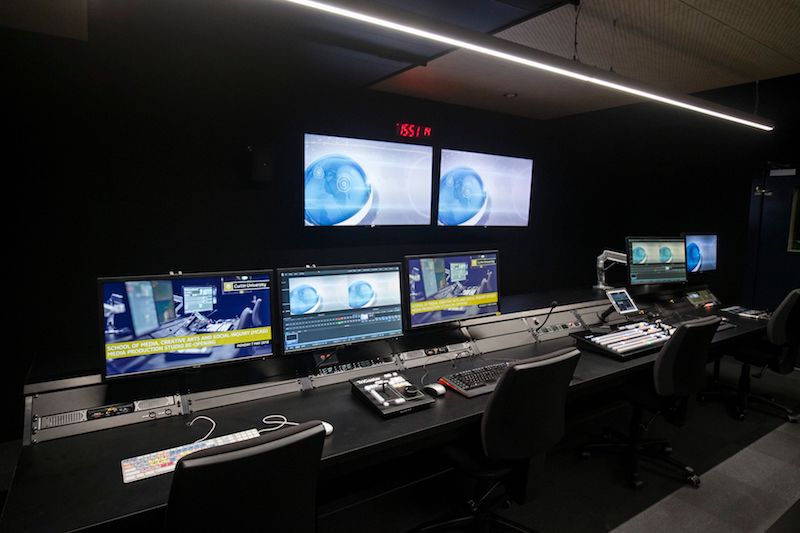


SpeedEDIT’s timeline is a little different from most it lacks the traditional vertical division between video and audio. Organizing your clips visually can be very efficient, but of course you can’t do more intricate operations like split edits or compositing. This dynamic linking can be a huge timesaver in itself, but you need to get used to the idea that a change in one view will impact the other. Delete a clip in Storyboard and the change ripples through the Timeline.
Newtek video toaster transitions update#
If you trim or move the order of a clip in Storyboard, it will automatically update the timeline with that change. And it is! Of course, that also can translate to “fast.” SpeedEDIT’s storyboard does more than just rearrange clips in preparation for importing into a timeline it actually dynamically updates the timeline in real time. If you’ve honed your editing skills on timeline-based editors, using a storyboard view may at first seem, well, too easy. You choose each pane’s content by clicking on one of five main tabs: Storyboard, Timeline, Spreadsheet, Control Tree and Filebin. SpeedEDIT divides the default workspace into two main panes, each of which is user-configurable in both size and content. While it’s not strictly required, we found a two-monitor set-up indispensable. You do, however, have several preview options, one of which includes using a FireWire-connected display device (or simply a throughput signal to a monitor via your camcorder). To preview your project on a single monitor, you’ll need to either minimize the main window to give the preview window some room or juggle the preview window around areas of the main window you are not using. Unlike in many other editing packages, there is no integrated or docked preview window. For example, if you choose not to use the Filebin to import media, you might look under the File tab…nope, it’s under the Window tab. If you are familiar with NewTek’s Video Toaster, you’ll be right at home if not, then give yourself a little more time to get acquainted with the layout and iconography and to get in sync with NewTek-think. One of the card's primary uses is for playing back LightWave 3D animations created in the Toaster.The interface is deceptively basic and easy to get around, but dig a little and you’ll find plenty of horsepower under the hood. The Flyer uses a proprietary wavelet compression algorithm known as VTASC, which was well-regarded at the time for offering better visual quality than comparable motion-JPEG-based nonlinear editing systems. The hard drives are thus connected to theįlyer directly and use a proprietary filesystem layout, rather thanīeing connected to the Amiga's buses and were available as regularĭevices using the included DOS driver. Two of these SCSI buses are used to store video data, and

Its hardware includes three embedded SCSIĬontrollers. Theįlyer portion of the Video Toaster/Flyer combination is a completeĬomputer of its own, having its own microprocessor and embedded software, which was written by Marty Flickinger.

The hardware component is again a card designed for the Amiga's Zorro IIĮxpansion slot, and was primarily designed by Charles Steinkuehler. Which allows the Toaster's video switcher to perform transitions and other effects on video clips without the need for rendering. The Flyer is capable of simultaneous dual-channel playback, To store video clips as well as audio and allow complex scripted In addition to just processing live video signals, the Flyer makes use of hard drives The Flyer is a much more capable non-linear editing system. For the second generation NewTek introduced the Video Toaster Flyer.


 0 kommentar(er)
0 kommentar(er)
